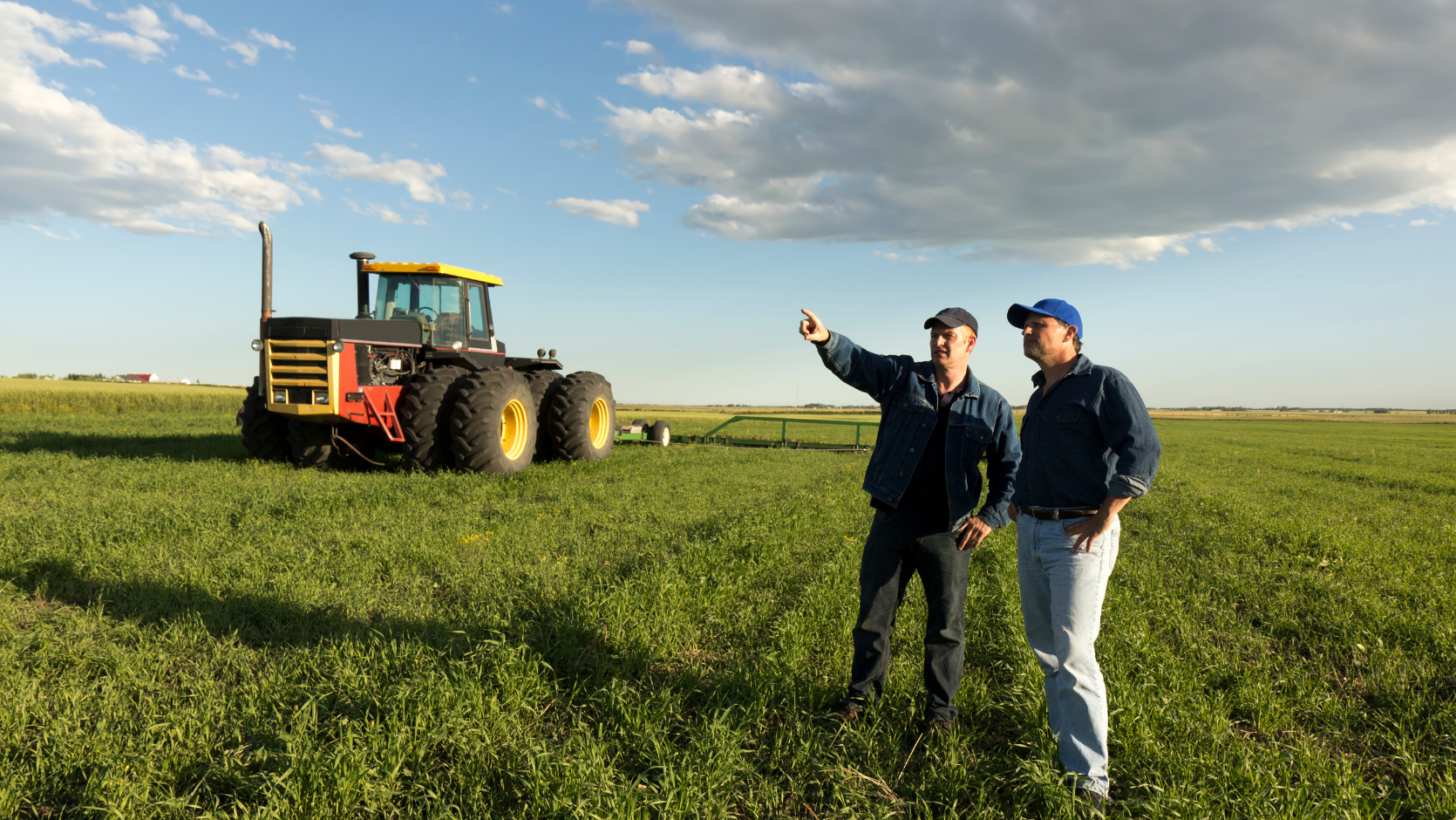The Facts
Error by staff member creates vulnerability in bank’s systems
A case heard in 2015 concerned a series of bank withdrawals made possible by a human error which caused a glitch in the bank’s systems.
In March 2010 a 22-year-old customer of St George Bank opened a new account at the bank’s Goulburn branch. The new account was marketed – all too aptly, as it turned out – as a “Complete Freedom” account and was essentially a savings account with no overdraft facility.
However, the staff member who opened the account wrongly marked it as having a “relationship officer” assigned to it. The role of the bank’s relationship officers was to approve or disallow withdrawals beyond the available credit limit of the accounts for which they were responsible.
The bank did not normally assign relationship officers to retail accounts such as the Complete Freedom account. The absence of a relationship officer meant that the customer was able to withdraw money which he did not have.
Customer becomes aware of glitch and withdraws increasingly large sums
The customer became aware of this glitch in the bank’s systems some months after opening the account and proceeded to withdraw increasingly large sums via electronic transfers, cash withdrawals and direct debit facilities until August 2012, when the bank finally discovered the extent of his indebtedness.
By this point the account was overdrawn by $2.18 million, which included a substantial sum for interest that the bank had charged on the withdrawals that the bank itself had permitted.
By the time the man was arrested, he had spent the withdrawn funds buying an Aston Martin, a Maserati, a Hyundai, an Alfa Romeo and a 6.1 metre boat, as well as paintings, jewellery and memorabilia.
The man was charged with dishonestly obtaining a benefit by deception and dealing with the proceeds of crime. He pleaded not guilty and so it was up to the court to decide his innocence or guilt.














Expert commentary on the court's decision
Initial judgment in favour of the bank
The case was initially decided in the prosecution’s favour by the NSW District Court, where the customer was found guilty of both dishonestly obtaining a financial advantage by deception under section 192E(1)(b) of the Crimes Act 1900 and of dealing with the proceeds of crime under section 193B(2) of the same act.
He was sentenced to four years and six months in prison, with a non-parole period of two years and three months. (See R v Moore [2015] NSWDC 315.) He appealed the decision and was granted bail pending the appeal after spending five months in prison. (See R v Moore [2015] NSWSC 1262.)
Court of Criminal Appeal overturns District Court decision
The District Court decision was overturned by the Court of Criminal Appeal, which acquitted the man and quashed his convictions. (See Moore v R [2016] NSWCCA 260.)
Because the customer did not actually deceive the bank, the prosecution’s case relied on an expanded statutory notion of deception found in section 192B(1)(b) of the Crimes Act, which provides that deception includes “conduct by a person that causes a computer, a machine or any electronic device to make a response that the person is not authorised to cause it to make”.
Terms and conditions of bank account central to innocence or guilt
Whether the man was authorised to make the withdrawals depended on the terms and conditions of the contract between him and the bank.
Those terms and conditions expressly provided for withdrawals in excess of the available balance, stating that the bank would charge fees and interest on overdrafts, calculated on a daily basis.
According to the Court of Criminal Appeal, the reference to interest being calculated “each day” meant that the bank envisaged customers remaining overdrawn for an unspecified period, rather than repaying their overdraft immediately.
Another crucial feature of the terms and conditions was that there was no clause stating that a customer could not make a further withdrawal from an account which was already overdrawn.
Prosecution unable to prove bank had been “deceived”
The Court of Appeal determined that as the bank had continued to lend money to its customer, his withdrawals had been “allowed” by the bank. In other words, each withdrawal had been authorised and so the prosecution’s argument about deception on the part of the customer could not succeed.
The court distinguished between “dishonesty” – of which the accused was manifestly guilty – and “deception”, which was an additional element required for the charges against him to be proved.
Since he was found not guilty of dishonestly obtaining advantage by deception, he was also not guilty of the second charge, dealing with the proceeds of crime, as no crime had been committed.